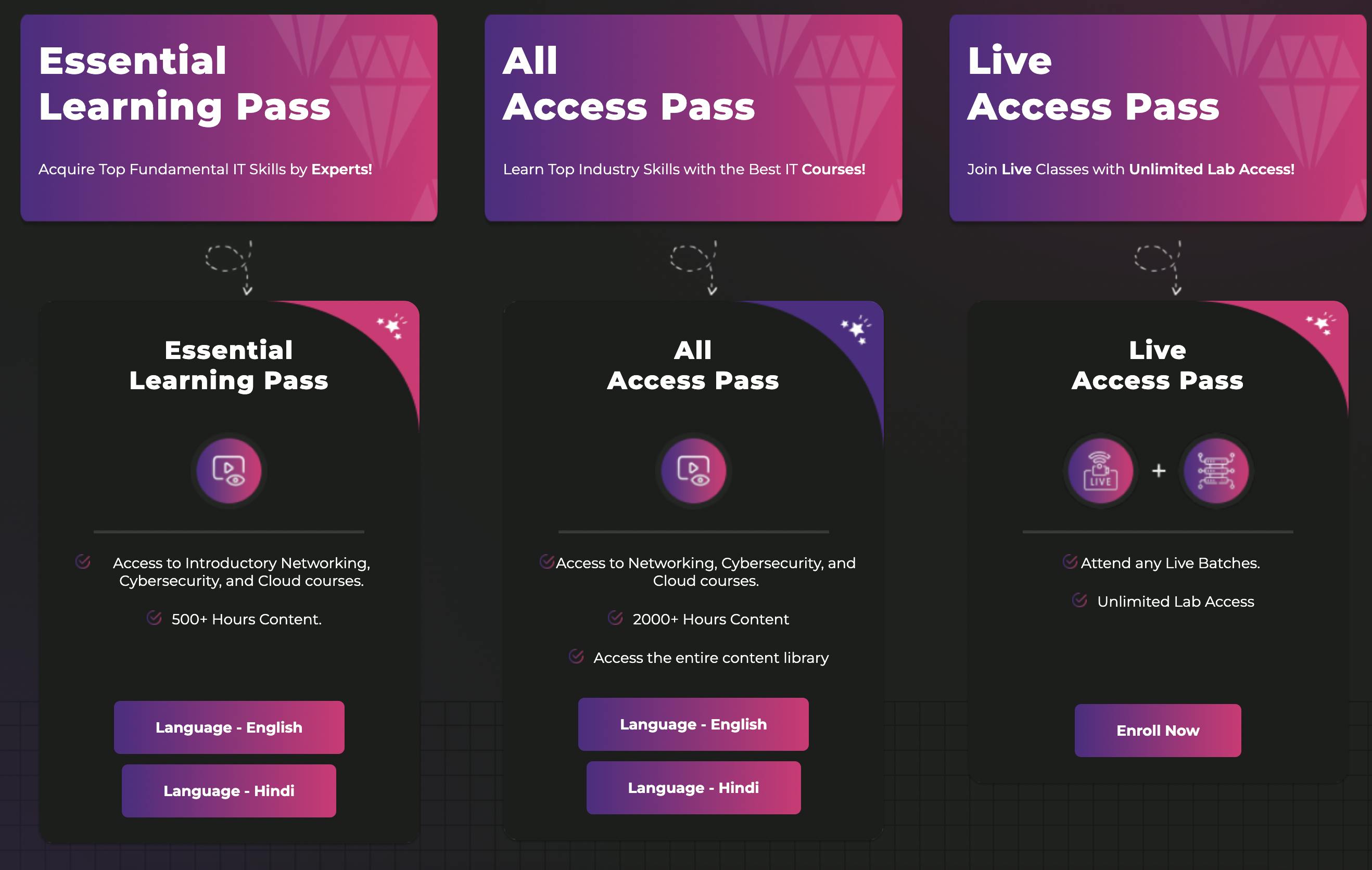“The Essential Topics to Master Before Pursuing CCNP Certification”
The video is a revision class for CCNA (Cisco Certified Network Associate) where the instructor covers important concepts related to the OSI model and TCP/IP. Here is a summary of the key points discussed in the video:
OSI Model:
The OSI model consists of seven layers: Application, Presentation, Session, Transport, Network, Data Link, and Physical.
The Data Link layer has two sub-layers: Logical Link Control (LLC) and Media Access Control (MAC).
TCP/IP:
TCP/IP is a protocol suite used in the industry and is based on the OSI reference model.
TCP/IP has five layers: Application, Transport, Network, Data Link, and Physical.
Application Layer:
The Application layer is responsible for software that interacts with machines and users.
It includes protocols like SMTP (Simple Mail Transfer Protocol), FTP (File Transfer Protocol), DHCP (Dynamic Host Configuration Protocol), and DNS (Domain Name System).
The Presentation layer is responsible for formatting data, encryption, and compression.
The Session layer creates and maintains sessions between computers.
Transport Layer:
The Transport layer decides whether to use TCP or UDP to deliver data.
TCP provides reliable and ordered delivery of data, while UDP is used for real-time applications and does not guarantee delivery.
Segmentation:
Segmentation is the process of dividing a packet into smaller parts to be transmitted over the network.
Segmentation is necessary because the maximum size of packets varies across different networks.
Packet Flow:
When a computer wants to access a website, it first checks its DNS cache for the IP address.
If the IP address is not found in the cache, the computer contacts the DNS server to resolve the domain name.
The computer then checks its ARP cache for the MAC address of the gateway (router).
If the MAC address is not found in the cache, an ARP process is initiated to obtain the MAC address.
Finally, the computer sends the packet to the gateway, which forwards it to the DNS server.
Overall, the video provides a comprehensive revision of important networking concepts related to the OSI model and TCP/IP.
Visit our website - https://learn.nwkings.com/ and Join All Access Pass for #CCNA #CCNP #Firewalls #Cloudsecurity #Devops content.

